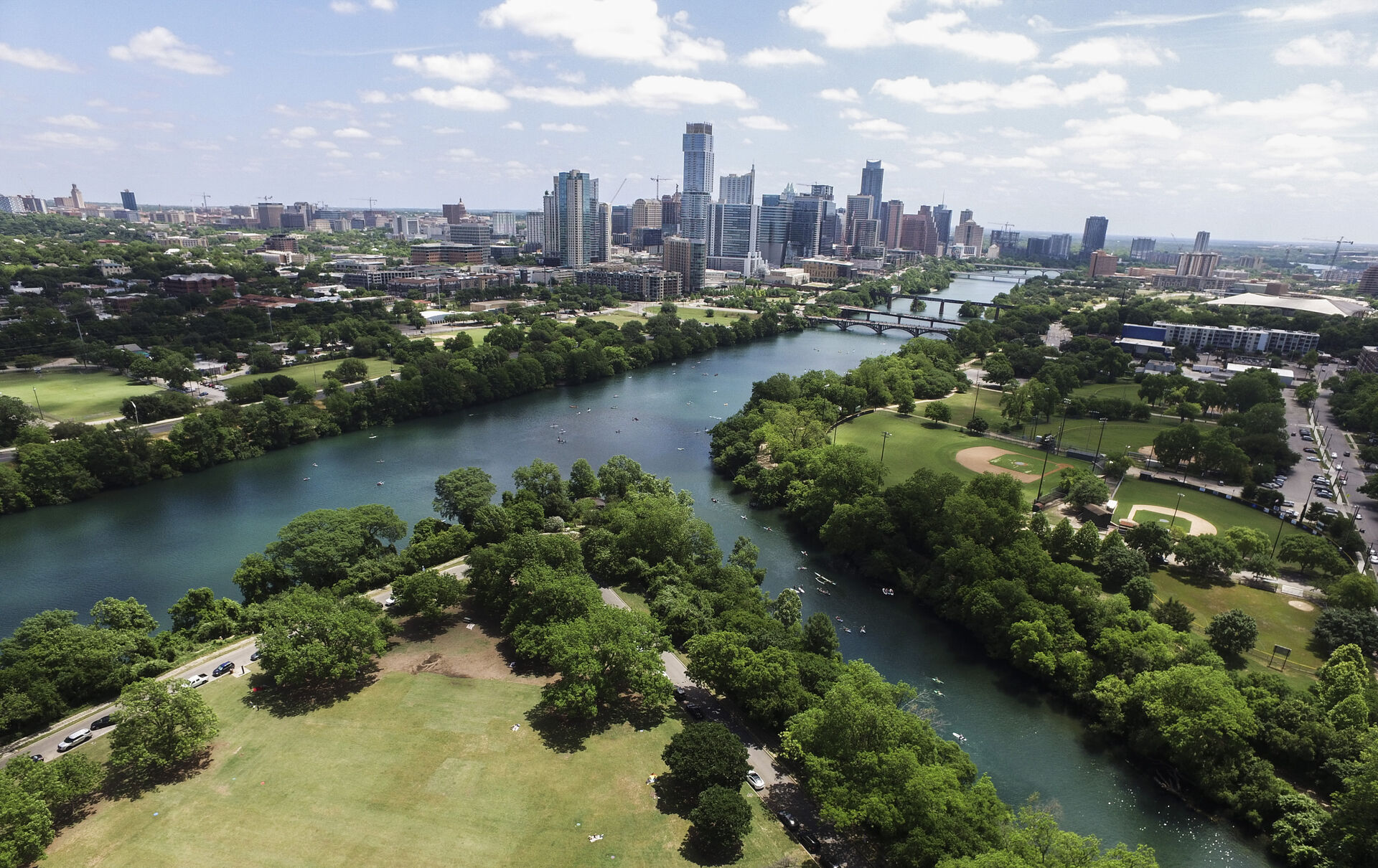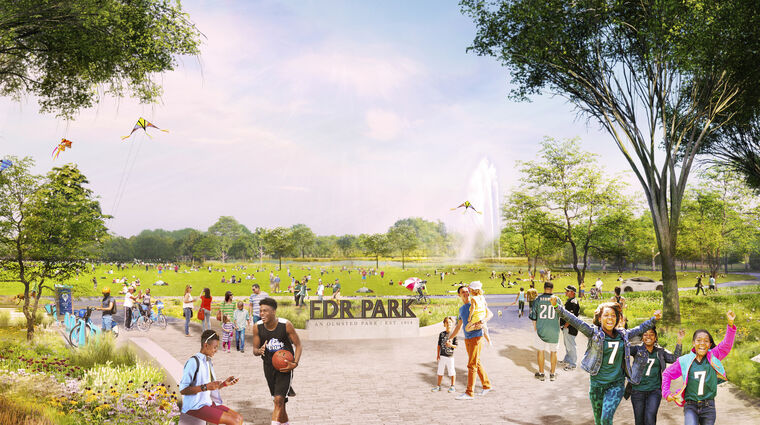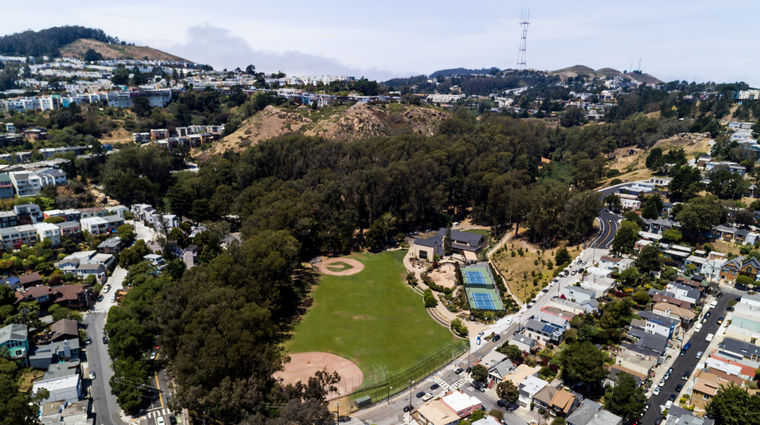Our Parks, Our Future: Austin Parks and Recreation Long-Range Plan
The story of Austin is a success in many ways—its diverse economy, live music, natural spaces, and local culture attract new residents, home-grown businesses, and major tech investment. As the city experiences ongoing population and employment growth, the Parks and Recreation Department (PARD) is challenged to maintain a high level of parkland acres and quality services considering population growth and changing demographic preferences.
PARD engaged WRT to create the Our Parks, Our Future plan, to help the City move toward a more equitable and robust open space system. The planning process marked the 100-year anniversary of PARD and provided an opportunity to both celebrate the past and create a realistic, action-oriented vision for future parks.
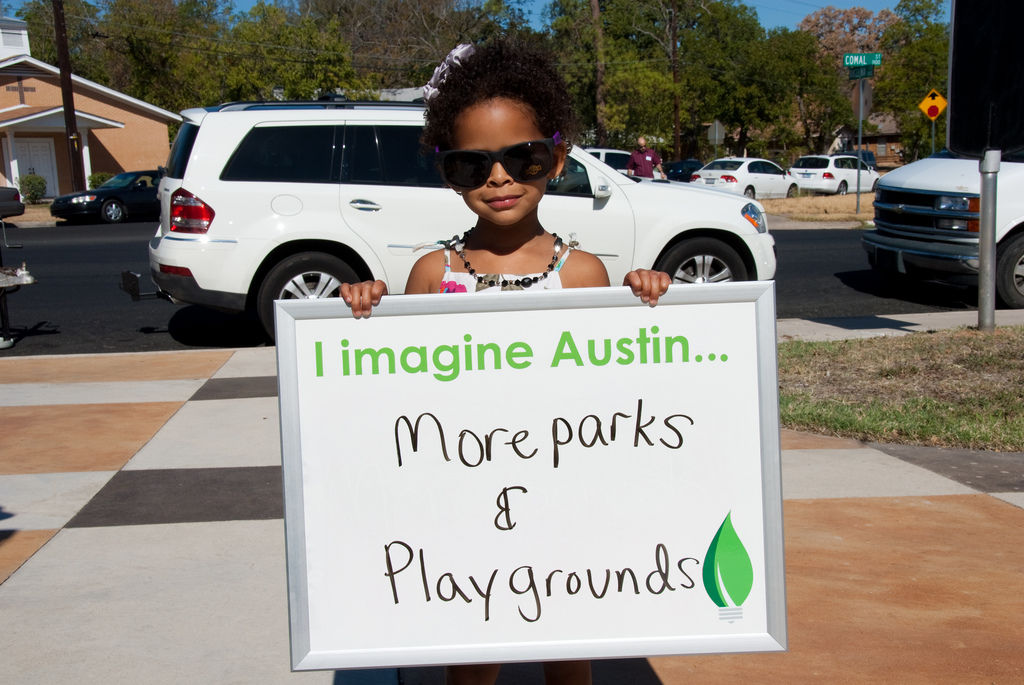
The plan builds on WRT's work on the Imagine Austin Comprehensive Plan
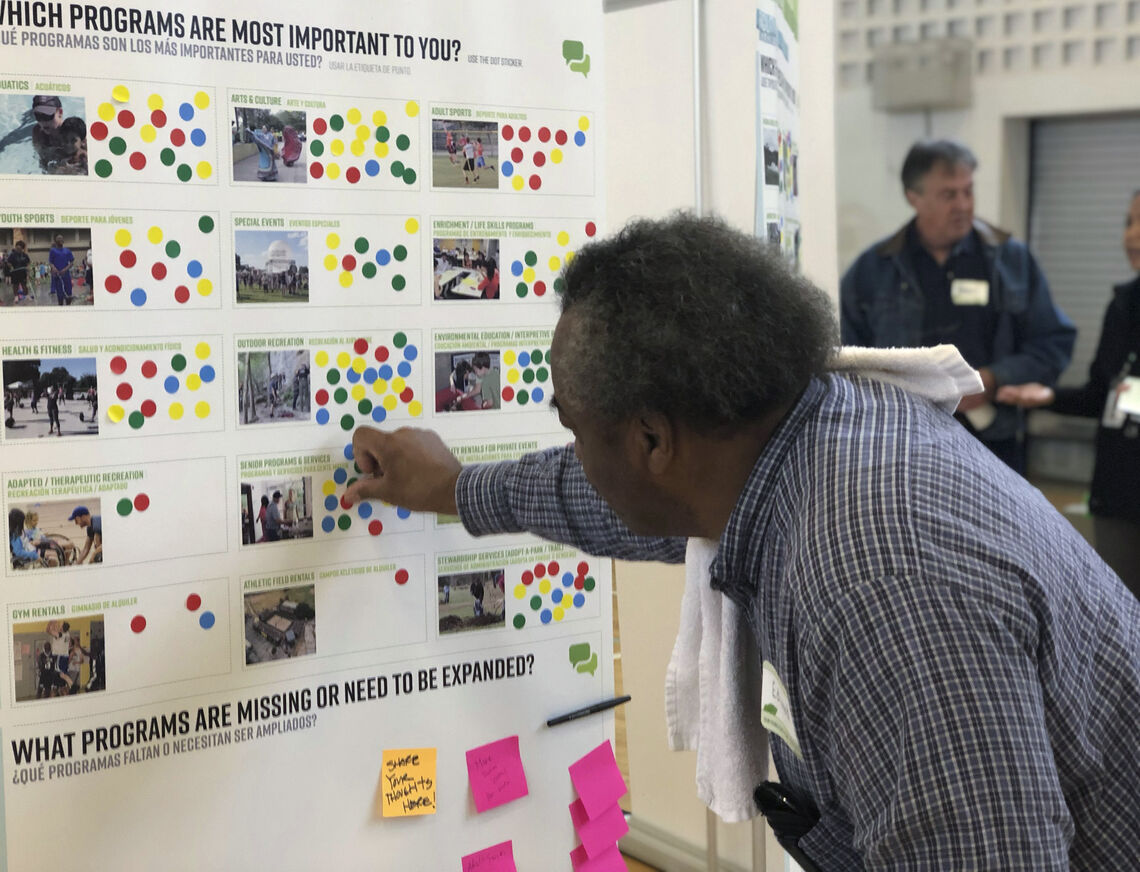
“Parks and public spaces play a central role in creating community. They bring people together, improve physical and mental fitness, offer recreational opportunities, and provide critical environmental benefits."
Kimberly McNeeley, Director of PARD
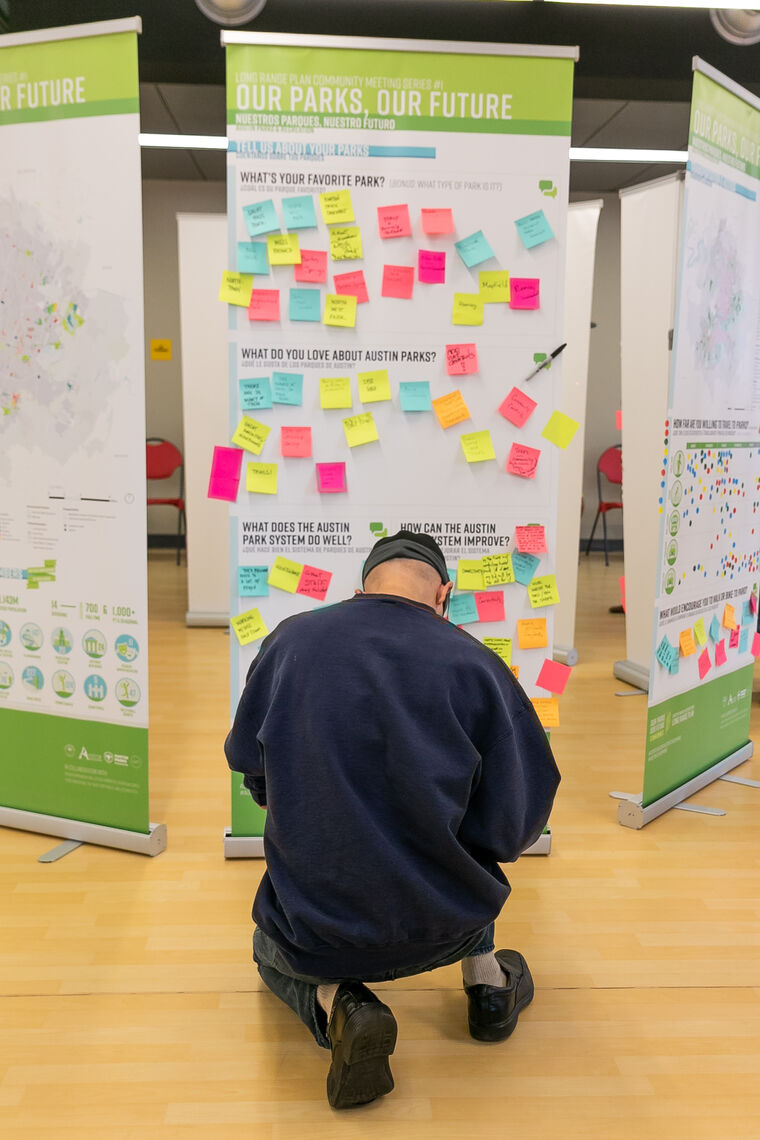
As one of the fastest growing metro areas in the U.S., Austin is committed to continuing to invest in and grow the city’s park system. Early in the process, WRT’s team worked with PARD to develop a public engagement strategy that created opportunities to hear from a diverse array of communities.
Following the Our Parks, Our Future planning process kick off in Fall 2018, more than 4,400 community members completed an online survey offering input on how the park system should improve in the next 10 years and beyond. The community's ideas about Austin's parks and open spaces are directly reflected in the plan’s community engagement themes - including the desire for more natural experiences, linear parks, education, arts and culture, and clean and safe places.
The park needs assessment identifies areas that are not within a 5- to 10-minute walk to a park, neighborhoods that are experiencing gentrification and displacement, and ties areas designated for more compact and connected development to the need for increased park access.
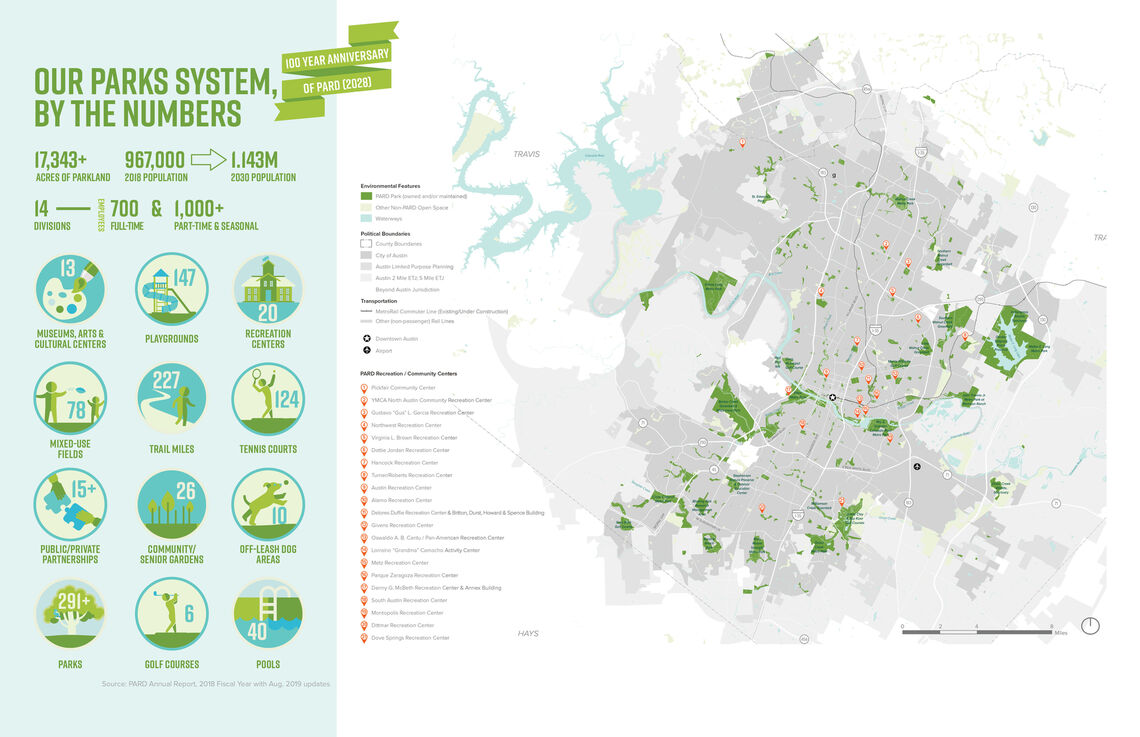
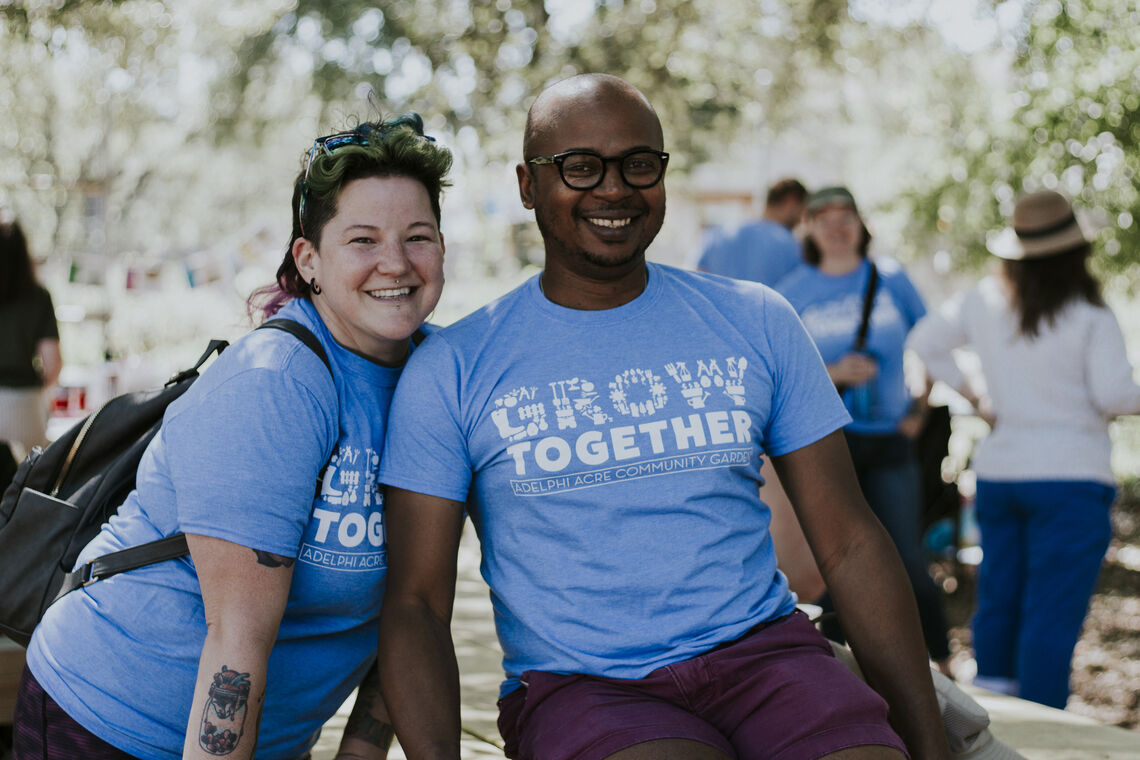
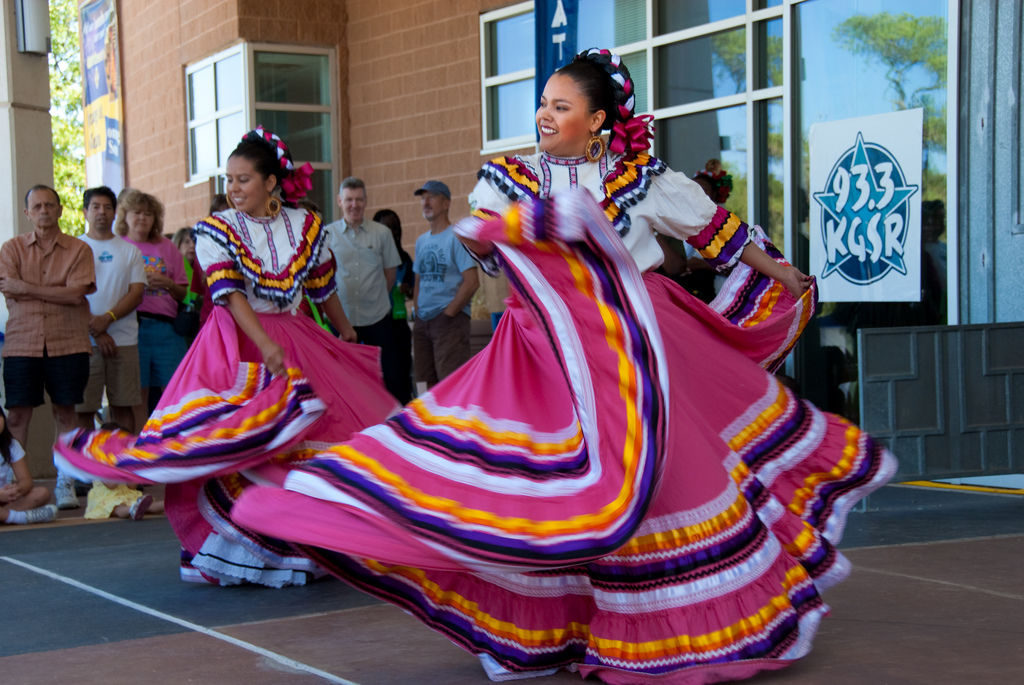
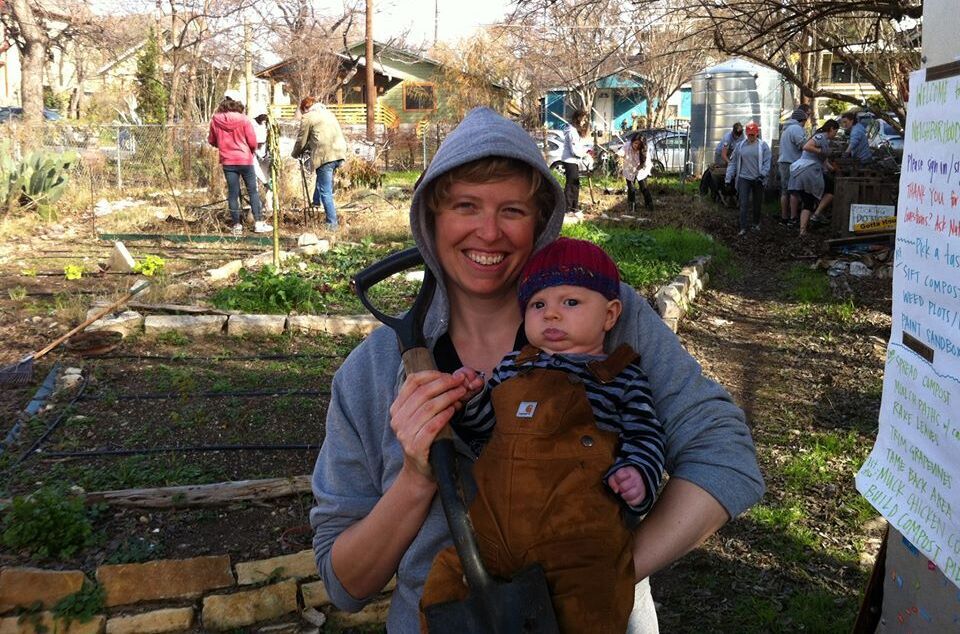
The plan includes strategies to increase total parkland in the next 10 years, improve access and connectivity to parks and to the water, create more opportunities for community gardens and agriculture in parks, and streamline partnerships and seek out new funding sources. PARD will track and monitor the implementation of recommendations over time, as well as continue to strengthen partnerships and reduce the environmental impacts of park facilities and buildings.
The plan was officially adopted by the City of Austin in November 2019 and has since gone on to win an award from the APA Sustainable Communities Division for Excellence in Sustainability.
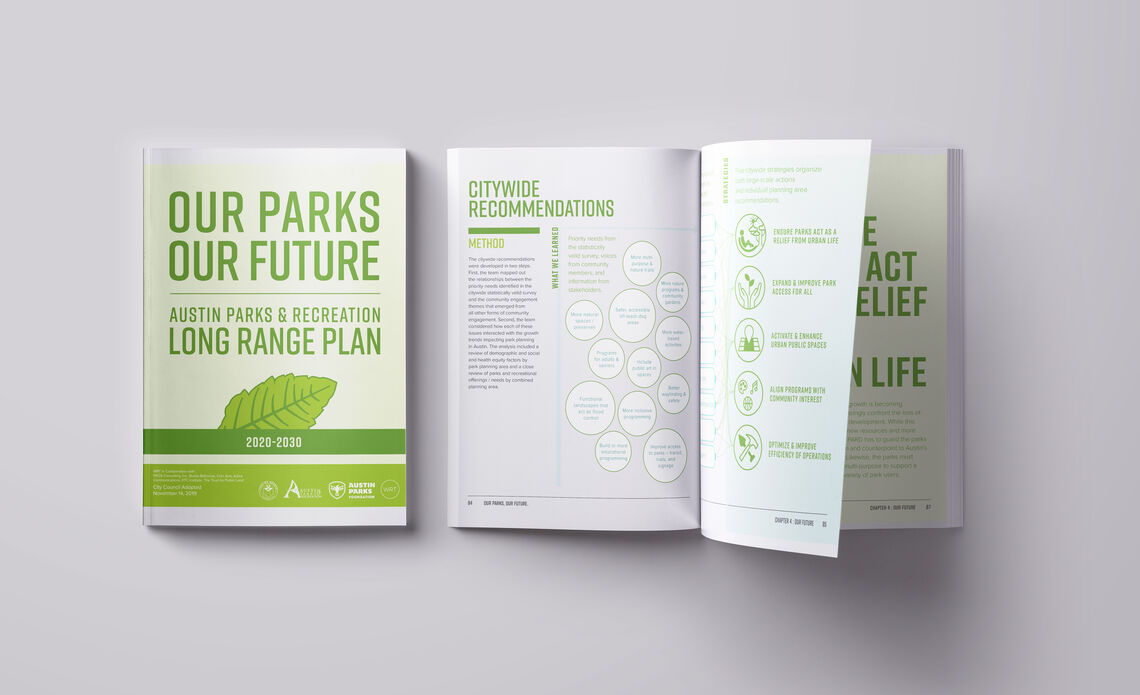
Related Projects
WRT's Parks and Open Space practice addresses parks at all scales including Park System Plans, Park Master Plans, and Individual Park Design.
